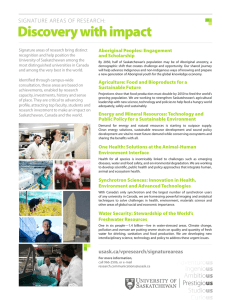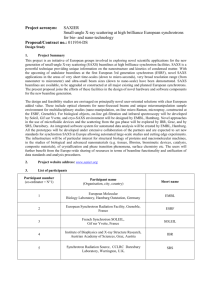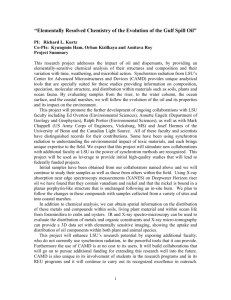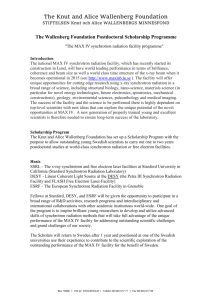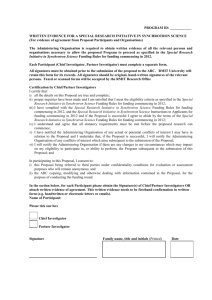meeting report European Synchrotron User Organization established Synchrotron
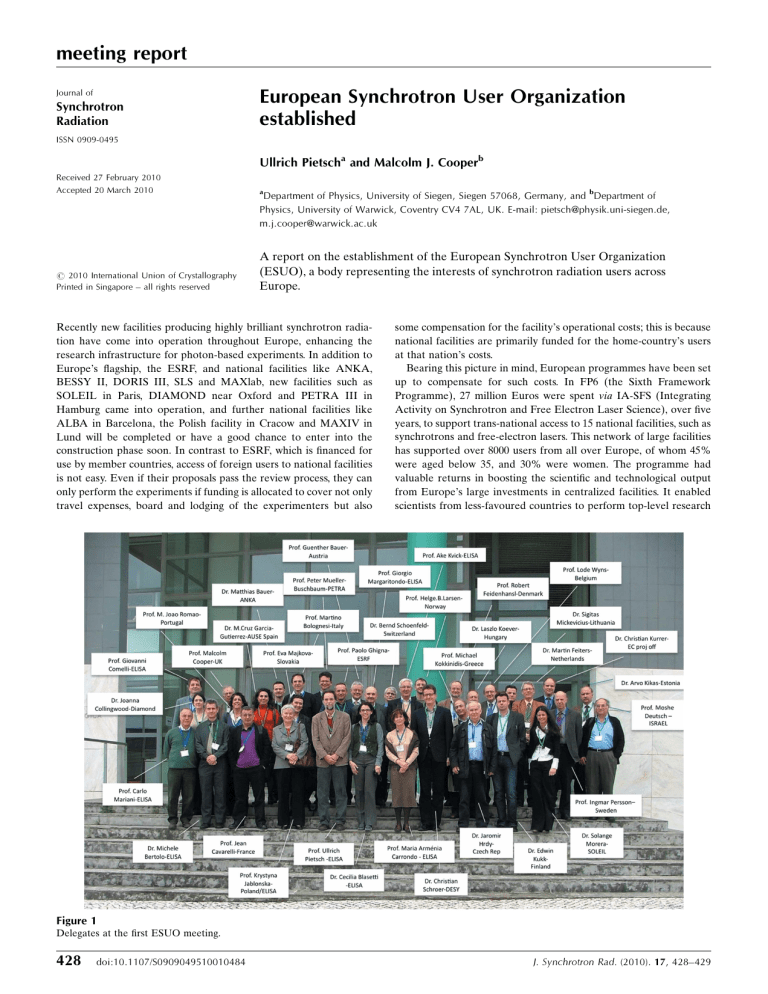
meeting report
Journal of
Synchrotron
Radiation
ISSN 0909-0495
European Synchrotron User Organization established
Received 27 February 2010
Accepted 20 March 2010
#
# 2010 International Union of Crystallography
Printed in Singapore – all rights reserved
Printed in Singapore – all rights reserved
Ullrich Pietsch
a
and Malcolm J. Cooper
b a
Department of Physics, University of Siegen, Siegen 57068, Germany, and b
Department of
Physics, University of Warwick, Coventry CV4 7AL, UK. E-mail: pietsch@physik.uni-siegen.de, m.j.cooper@warwick.ac.uk
A report on the establishment of the European Synchrotron User Organization
(ESUO), a body representing the interests of synchrotron radiation users across
Europe.
Recently new facilities producing highly brilliant synchrotron radiation have come into operation throughout Europe, enhancing the research infrastructure for photon-based experiments. In addition to
Europe’s flagship, the ESRF, and national facilities like ANKA,
BESSY II, DORIS III, SLS and MAXlab, new facilities such as
SOLEIL in Paris, DIAMOND near Oxford and PETRA III in
Hamburg came into operation, and further national facilities like
ALBA in Barcelona, the Polish facility in Cracow and MAXIV in
Lund will be completed or have a good chance to enter into the construction phase soon. In contrast to ESRF, which is financed for use by member countries, access of foreign users to national facilities is not easy. Even if their proposals pass the review process, they can only perform the experiments if funding is allocated to cover not only travel expenses, board and lodging of the experimenters but also some compensation for the facility’s operational costs; this is because national facilities are primarily funded for the home-country’s users at that nation’s costs.
Bearing this picture in mind, European programmes have been set up to compensate for such costs. In FP6 (the Sixth Framework
Programme), 27 million Euros were spent via IA-SFS (Integrating
Activity on Synchrotron and Free Electron Laser Science), over five years, to support trans-national access to 15 national facilities, such as synchrotrons and free-electron lasers. This network of large facilities has supported over 8000 users from all over Europe, of whom 45% were aged below 35, and 30% were women. The programme had valuable returns in boosting the scientific and technological output from Europe’s large investments in centralized facilities. It enabled scientists from less-favoured countries to perform top-level research
Figure 1
Delegates at the first ESUO meeting.
428 doi:10.1107/S0909049510010484 J. Synchrotron Rad.
(2010).
17 , 428–429
meeting report
without emigrating, while supporting research opportunities for women and early career researchers. Overall it significantly built up the strength of research based at light sources within Europe.
The programme continued in FP7 via ELISA (European Light
Sources Activities), but for various reasons the funding was reduced to 10 million Euros, over 2.5 years, despite the fact that the number of participating facilities and the number of experimental visits have increased.
Recognizing these problems, a number of synchrotron researchers from five different countries started an initiative to establish the
European Synchrotron User Organization (ESUO) as a body representing the users’ interests, rather than those of the funders or of the facilities themselves (which are represented through ELISA).
Twenty-two representatives from European countries and six chairs of facility user organizations attended the first ESUO meeting supported by ELISA coordinators (Elettra in Trieste), and hosted by
ITQB (Instituto de Technologica Chimica e Biologica, Lisbon).
Before the Lisbon meeting, delegates consulted their national authorities responsible for EC programmes and for national funding of synchrotron radiation experiments, and therefore could present an informed overview about the activity in their countries. Indeed, the forum estimated that there are as many as 10000 users of light sources throughout Europe, who, in their mixture of long-, medium- and short-term research projects, have enormous impact on all society’s grand challenges, such as energy sources, healthcare and the environment. However, light source use and access is very patchy; for example, Germany and Poland have well established and influential national user organizations, but two-thirds of European countries have no national users organization at all. Also, the kind and amount of support for synchrotron radiation users varies substantially. Most of the countries not hosting national synchrotron facilities provide little or no support for synchrotron radiation users, further stressing the need for ESUO to campaign for the development of transnational open access to all large facilities.
The delegates approved a constitution defining ESUO as a body of national delegates based on ‘one country, one vote’. As a result they elected an Executive Committee with Ullrich Pietsch (Germany) as
Chair, and Malcolm Cooper (UK) as Vice Chair, together with
Gu¨nther Bauer (Austria), Robert Feidenhans’l (Denmark), Maria
Joao Romao (Portugal), Krystyna Lawniczak-Jablonska (Poland) and
Martino Bolognesi (Italy) as members. The action plan of ESUO envisages support of national synchrotron user organizations in order to strengthen their capability to influence national support programmes for synchrotron radiation experiments; the collection and publication of unified technical beamline information to make writing proposals better informed and more effective.
The main aim of ESUO is to enable scientists across Europe to perform their experiments at the most appropriate light source in
Europe, and to make scientific merit the only measure of success, in practice as well as in principle, for this large community whose fundamental and applied scientific research has a high impact on society.
J. Synchrotron Rad.
(2010).
17 , 428–429 Pietsch and Cooper European Synchrotron User Organization established
429

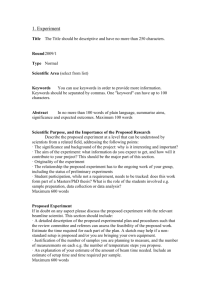
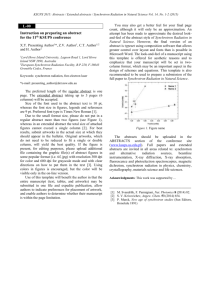
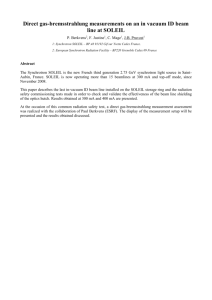
![Chapter 12 2 [MS Word Document, 283.0 KB]](http://s3.studylib.net/store/data/007814251_2-e4ef09d20f4a8eef2d170e162941f5cc-300x300.png)
